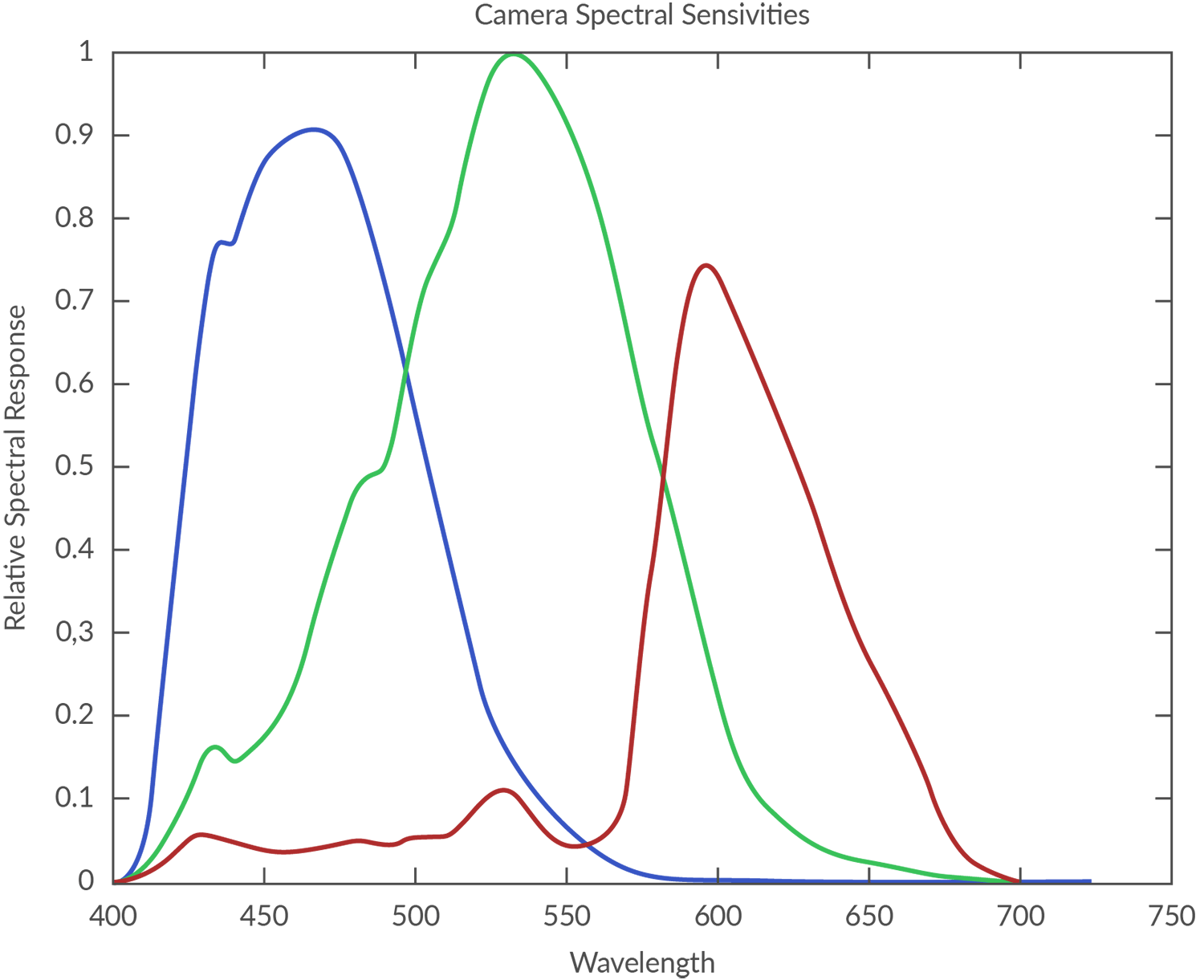
Source: Wikipedia
The Significance of Spectral Response in Solar Cell Analysis
Understanding Spectral Response
The spectral response of a solar cell is a crucial parameter in analyzing its efficiency. It represents the ratio of the current generated by the solar cell to the power incident on the cell. This concept is similar to quantum efficiency, which compares the number of electrons produced by the cell to the number of photons hitting it.
At long wavelengths, the spectral response is limited by the semiconductor’s inability to absorb photons with energies below the band gap. This limitation is also observed in quantum efficiency curves. However, unlike the square shape of quantum efficiency curves, the spectral response decreases at shorter wavelengths where each photon carries higher energy, leading to a reduced photon-to-power ratio. Excess energy above the band gap is wasted as heat, resulting in a loss of power in solar cells with a single p-n junction.
Comparison with Quantum Efficiency
Both spectral response and quantum efficiency are essential for solar cell analysis, with the choice between them depending on the specific application. The spectral response considers the power of light at each wavelength, while quantum efficiency focuses on photon flux. Converting quantum efficiency to spectral response involves a simple formula:
SR = (q * λ) / (h * c) * QE
Where SR is the spectral response, q is the charge of an electron, λ is the wavelength of light, h is Planck’s constant, c is the speed of light, and QE is the quantum efficiency.
This conversion simplifies to:
SR (A/W) = QE * λ (nm) / 1239.8
or
SR (A/W) = QE * λ (μm) / 1.2398
Conclusion
In summary, understanding the spectral response of a solar cell is crucial for assessing its performance and efficiency. By comparing the current generated to the incident power, researchers and manufacturers can optimize solar cell design and maximize energy conversion. Both spectral response and quantum efficiency play vital roles in the ongoing development of efficient solar technologies.

Source: Image Engineering
Feel free to comment your thoughts.
